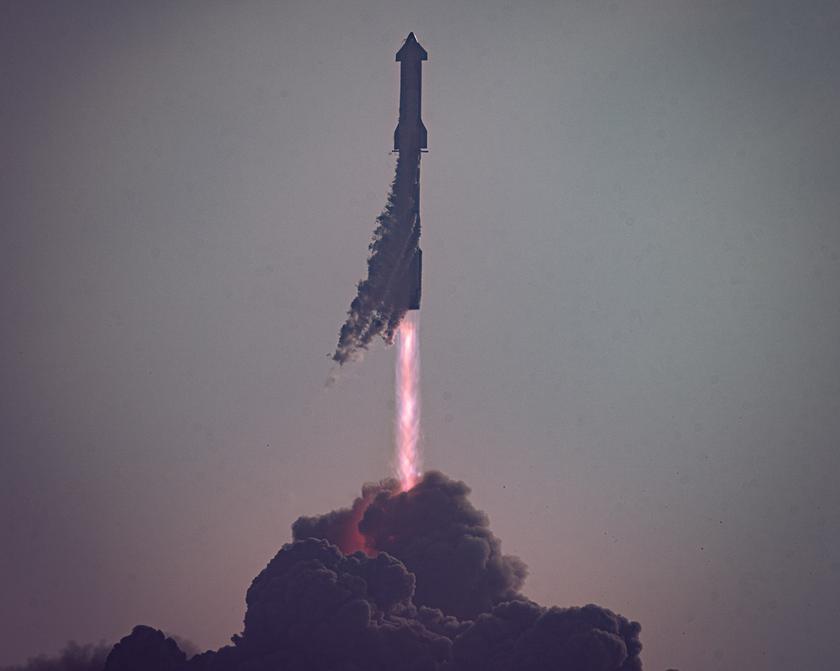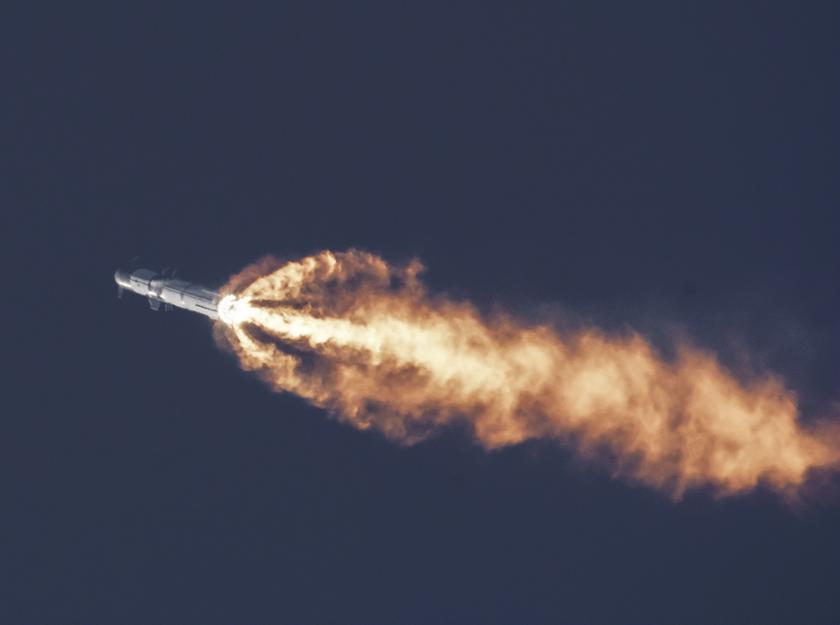
Elon Musk has revealed some information about the first orbital flight of the Starship rocket system. As it turned out, the explosion was delayed.
SpaceX launched the Starship spacecraft with a Super Heavy rocket (in both cases, prototypes were used) on April 20. The test went wrong from the very beginning. During the launch, the launch pad was destroyed, a cloud of dust covered a neighboring town, and debris fell in the Texas National Park and started a fire.

The concrete on the launch pad could not withstand the power of the Super Heavy power plants. The rocket is equipped with 33 Raptor engines. There were no such problems during the tests, as they did not operate at full capacity.
In flight, some of the engines stopped functioning. A few minutes after the launch, the rocket lost control and entered an uncontrolled rotation after the second stage failed to separate.
Observing the Starship’s airborne rollovers, SpaceX specialists gave a signal for self-destruction. However, the self-destruct mechanism did not work immediately, but with a delay of 40 seconds.

The Federal Aviation Administration (FAA) has banned SpaceX from conducting flight tests of the next Starship and Super Heavy prototypes. The agency plans to investigate and make sure there are no threats to public safety.

